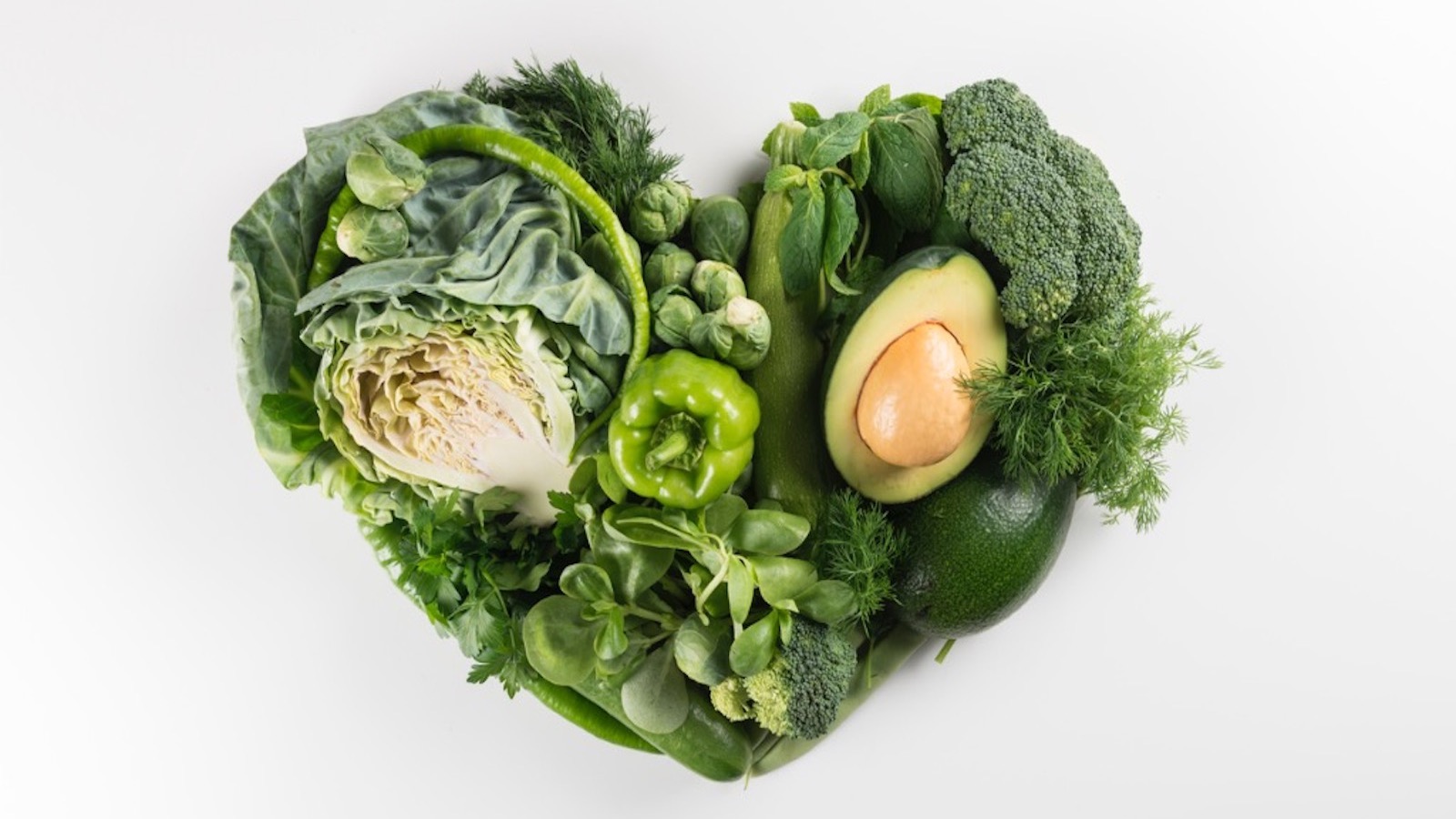
Cardiovascular disease is the leading cause of death worldwide. The research interest of my lab is to understand the molecular mechanisms underlying the cardiac development and disease including congenital cardiac defects, cardiomyopathy, heart failure, and regeneration.
Show full bioWe use molecular, biochemical, and genetical approaches to investigate the Yap signaling and posttranslational modifications such as SUMO conjugation for heart development and pathogenesis. Our goal is to provide rationale for targeting these signaling/pathways as therapeutic strategies to combat heart diseases
Texas Heart Institute Positions
- Assistant Director, Cardiomyocyte Renewal Laboratory
Education
-
Graduate:
Shanghai 2nd Medical University
-
Postgraduate:
University of Montreal
Clinical Research Institute of Montreal -
Medical School:
Wen Zhou Medical College

.svg)


